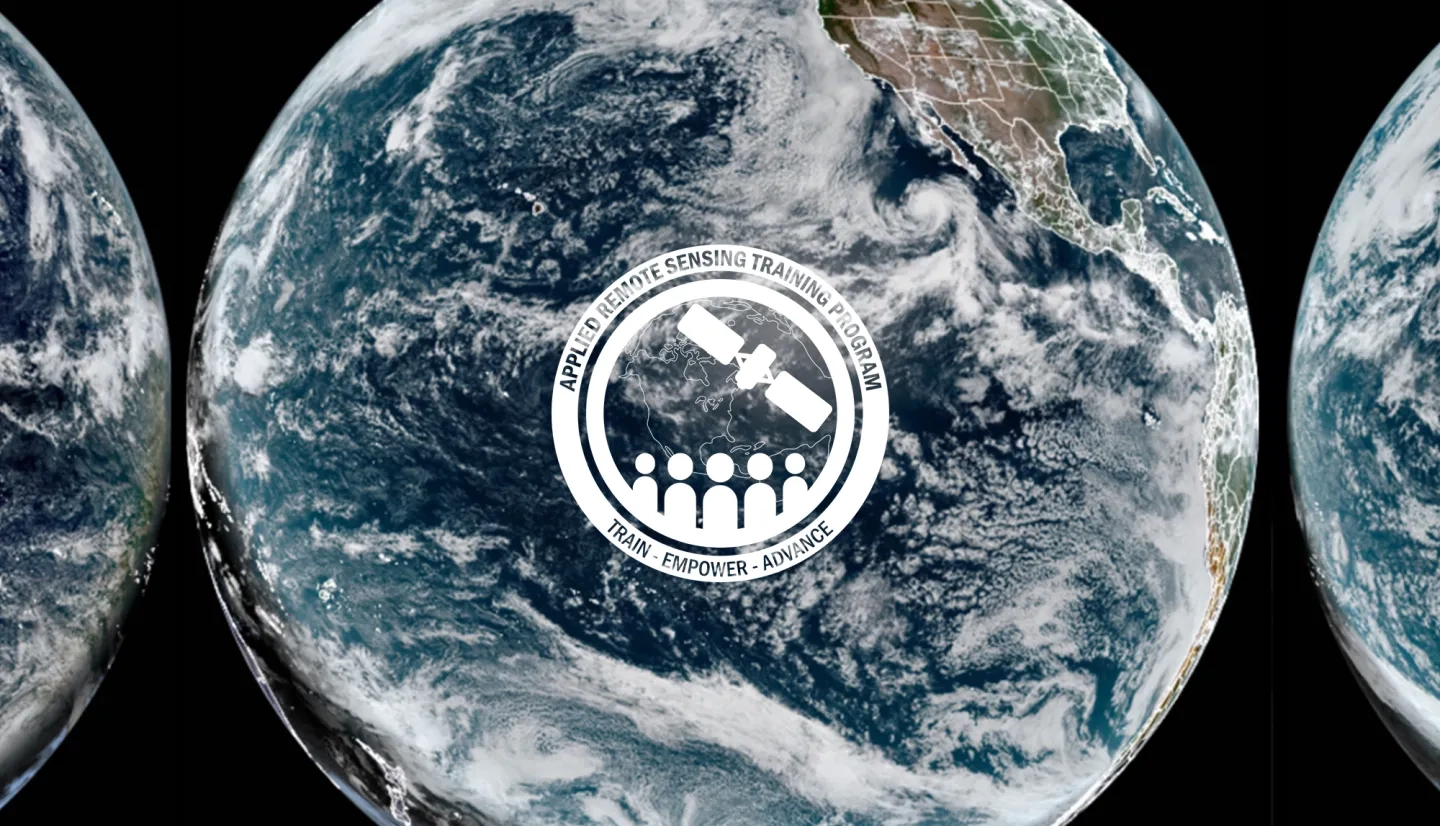Description
The next generation of sensors in geostationary orbit offer unprecedented temporal resolution for air quality observations. Low Earth orbit satellites (e.g., MODIS, VIIRS, OMI, TROPOMI) can provide global coverage, but typically observe a given location one to two times per day. Sensors in geostationary orbit observe the same geographic region at all times of the day. These datasets are essential for understanding diurnal changes in air quality, monitoring real-time movement of smoke and dust events, and improving model forecasting capabilities via data assimilation.
This will be a three-part webinar series in partnership with the National Oceanic and Atmospheric Administration (NOAA) and the National Institute Of Environmental Research (NIER, South Korea) on air quality (AQ) data analysis from geostationary satellites. The webinar series will a) provide an overview of geostationary capabilities for monitoring air quality around the world; b) introduce geostationary aerosol datasets from GOES-East, GOES-West, Himawari 8, and the Geostationary Environment Monitoring Spectrometer (GEMS); and c) present data access and python tools to read and analyze the datasets.
By the end of this training attendees will have:
- An understanding of aerosol and trace gas datasets from geostationary satellites
- The capability to access, visualize, and download datasets
- Python scripts to read and analyze air quality datasets
- This webinar series is intended for (AQ) forecasters, the AQ modeling and monitoring community, and local, state, and federal agencies.
- Three, 2-hour sessions
- Introduction to air quality observations from geostationary satellites
- Differences and similarities between LEO and GEO observations
- GOES & Himawari true color images and loops - Worldview Exercise
- Tour of P-Tree visualization tool for Himawari-8 data
- Future AQ GEO missions
- Introduction to the Tropospheric Emissions: Monitoring of Pollution (TEMPO) Mission
Materials:
- Introduction to NOAA’s GEO aerosol products - algorithms & validation
- Dataset details (files, frequency, parameters), access from NOAA's GOES-R archive on AWS S3
- Python Jupyter notebooks to read, map, and extract aerosol datasets
- Tour of NOAA Aerosol Watch website
Materials:
- Introduction to the GEMS mission
- GEMS AQ datasets - algorithms & validation
- GEMS AQ data access
- Python Jupyter notebooks exercise to read, map, and analyze GEMS data
Materials:



